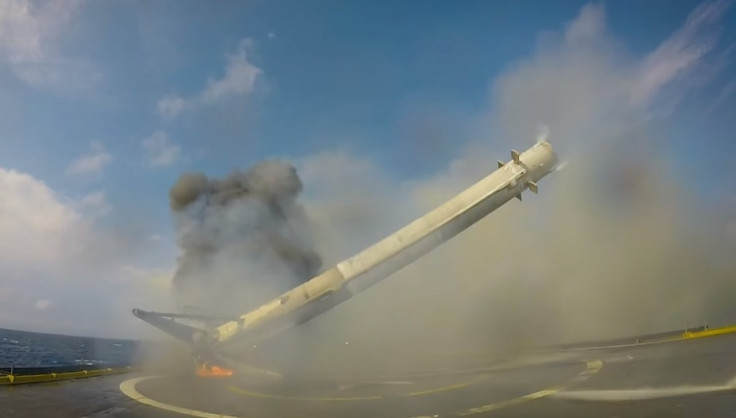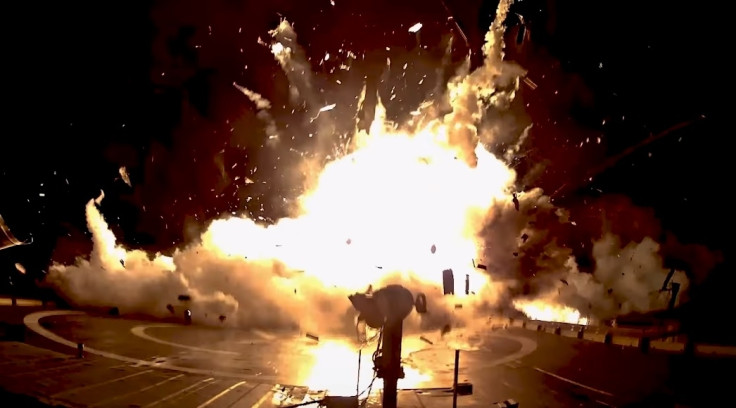'Tis but a scratch': Watch every SpaceX rocket explosion in this weirdly amusing compilation
When landing a rocket goes wrong, it goes very wrong.

Silicon Valley's 'move fast and break things' philosophy is as true at Facebook and countless startups as it is at rocket manufacturer SpaceX – only here each failure to land a booster means a massive explosion.
To show how far the company has come in such a short space of time – from rockets exploding mid-descent to landing perfectly on command in just a few years – a new compilation video shows every time the landings haven't quite gone to plan.
Called How Not To land an Orbital Rocket Booster, the video was tweeted and posted to Instagram by SpaceX boss Elon Musk on 14 September. It catalogues 12 failed landings, followed by two successes.
With tongue firmly in cheek, the video calls the catastrophic explosions as "rapid unscheduled disassembly events" and describes one, where the rocket falls over and explodes, as little more than a scratch.
The video fails to show an incident in September 2016, where a SpaceX rocket exploded on the launch pad, destroying a payload that included a satellite belonging to Facebook.

But since the failed landings of 2013 and 2014, SpaceX has successfully landed 16 of its Falcon 9 first-stage orbital boosters, some on land and others on autonomous barges that, stationed out at sea, navigate to the correct position before the rocket lands.
Landing and reusing rocket boosters is key to Musk's plans of sending payloads – and eventually humans – to Mars.
His plan is for a spaceship to launch from Earth, detach from its boosters and enter orbit. The boosters then land, are refuelled, then launched back into space, where they reconnect with the ship (having used far less fuel to get themselves into orbit than with the payload), before blasting off into space.
© Copyright IBTimes 2025. All rights reserved.






















